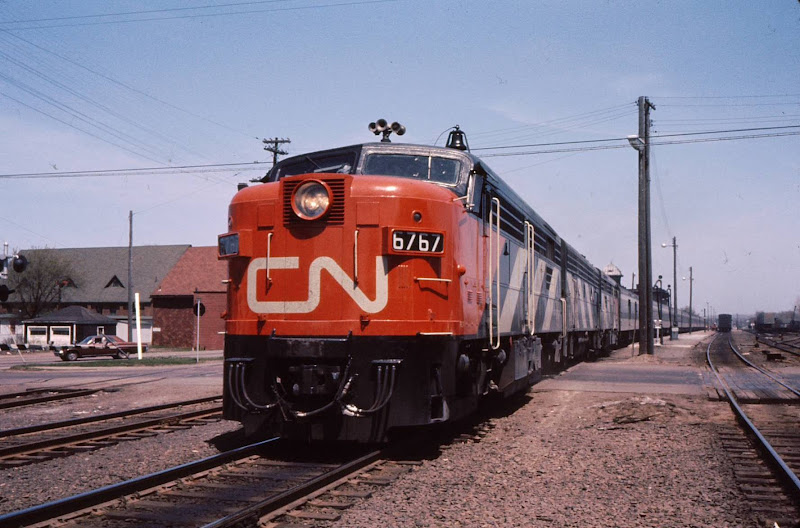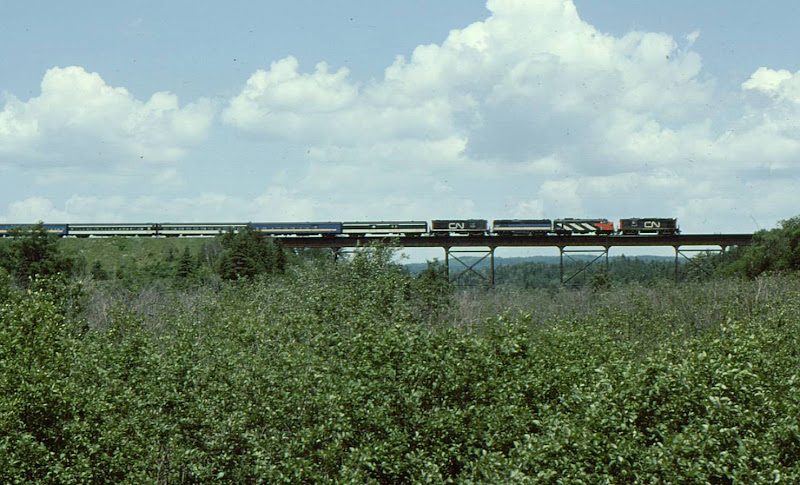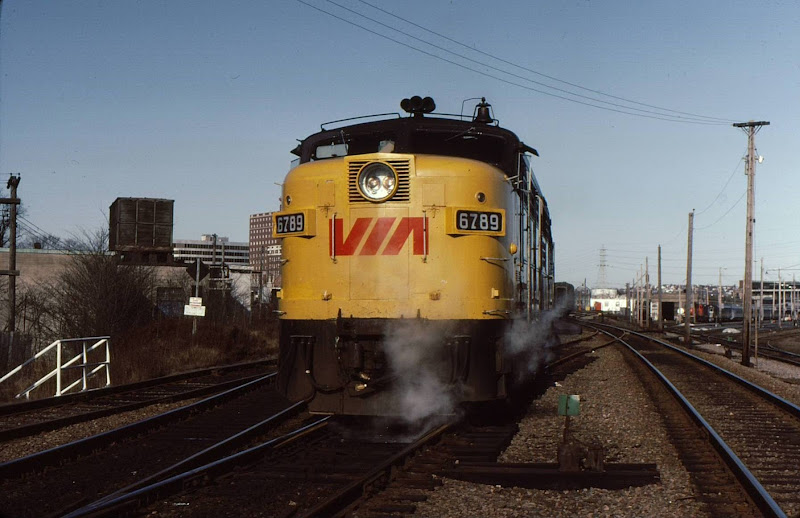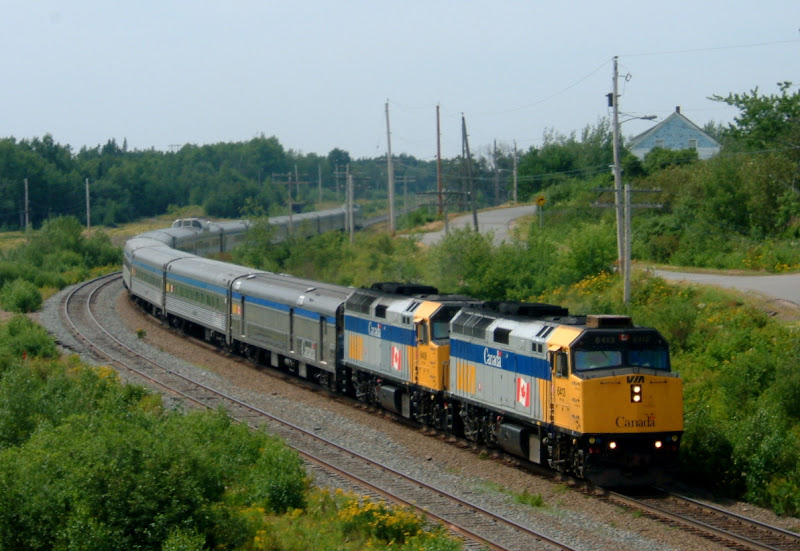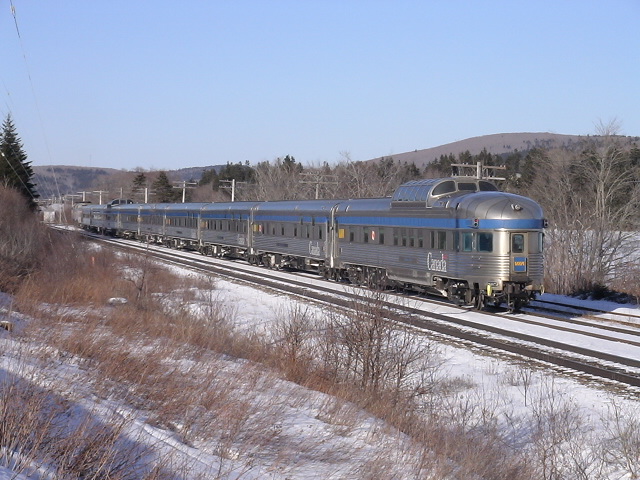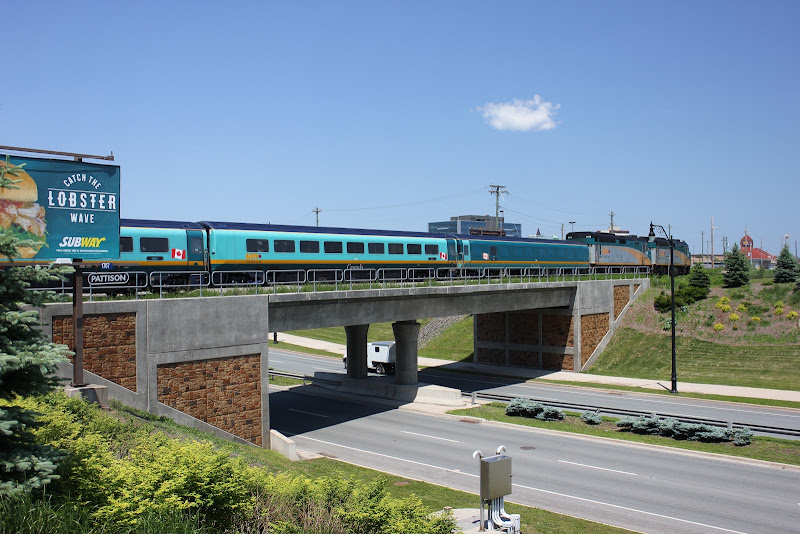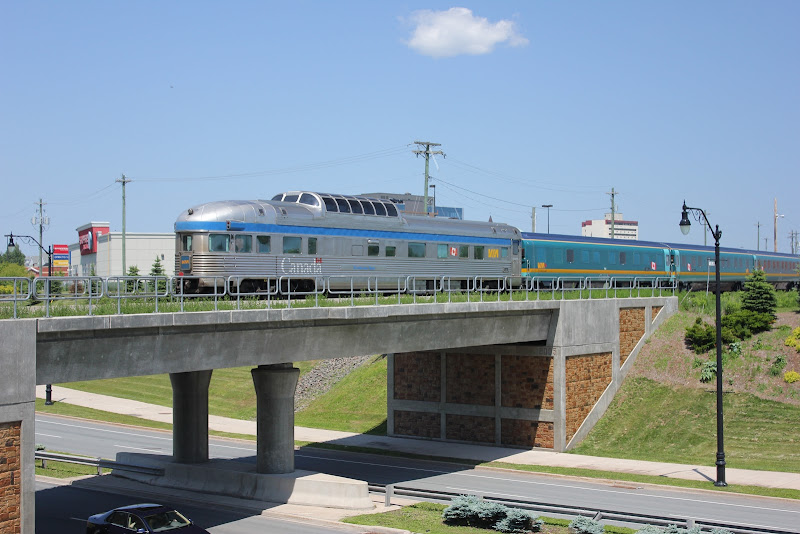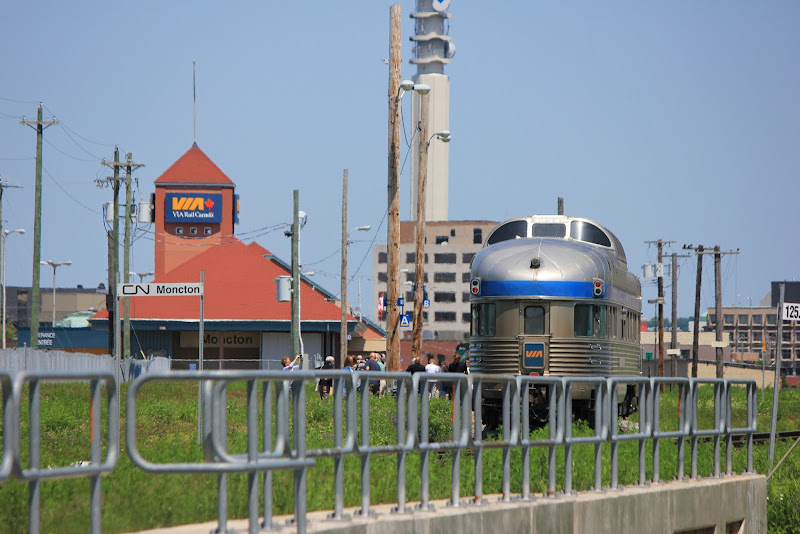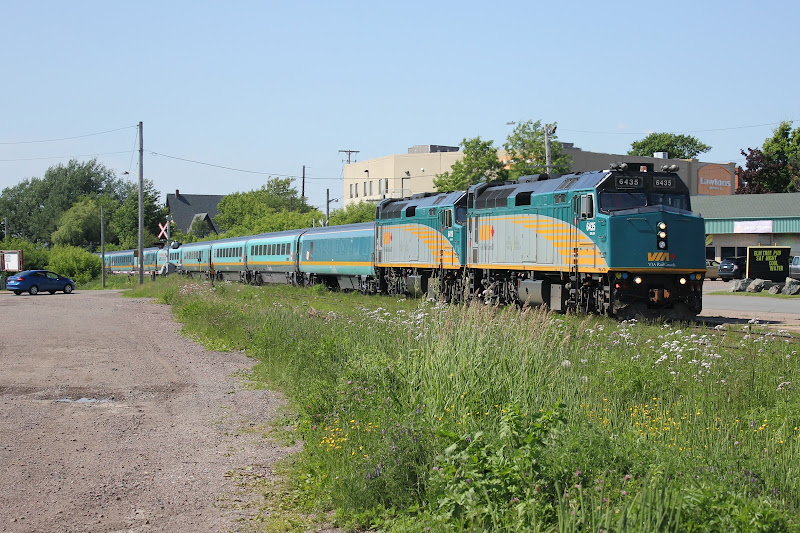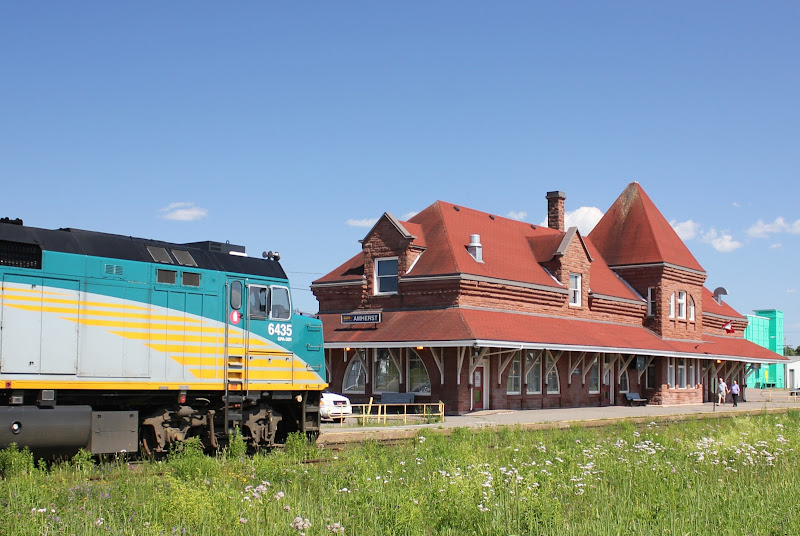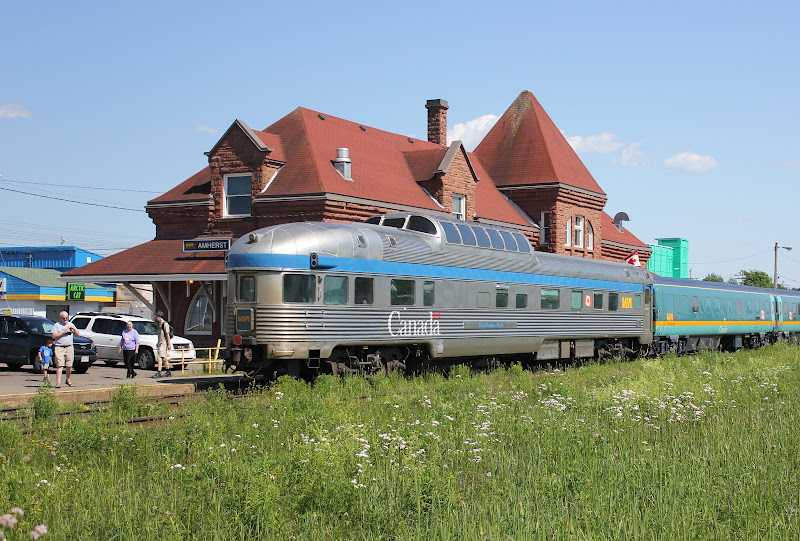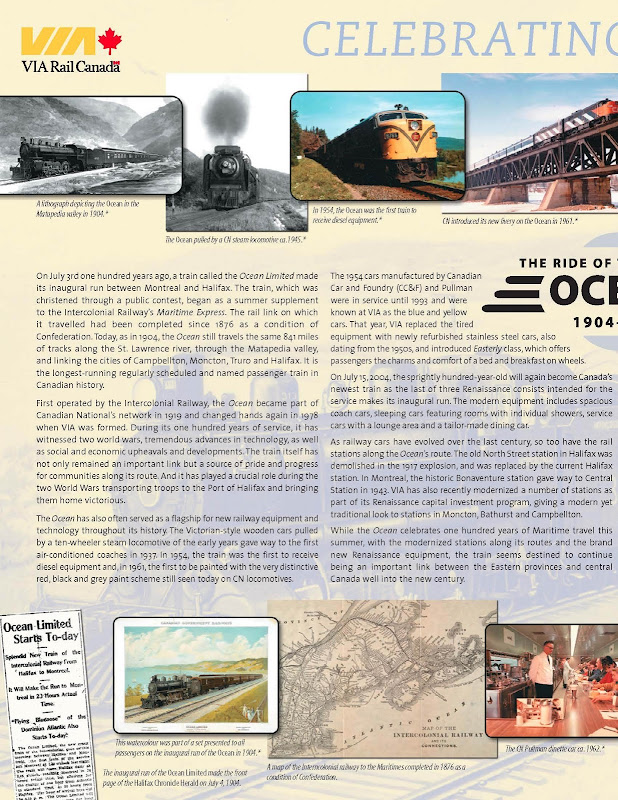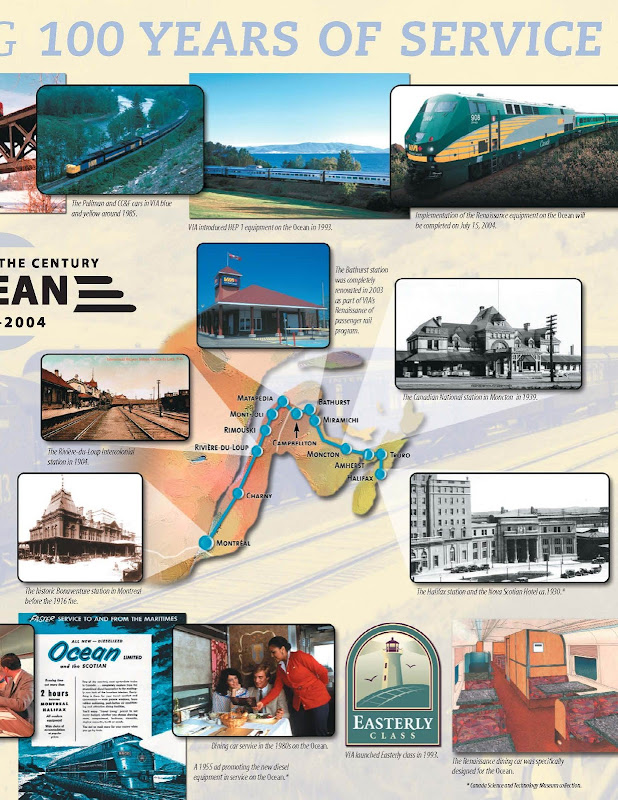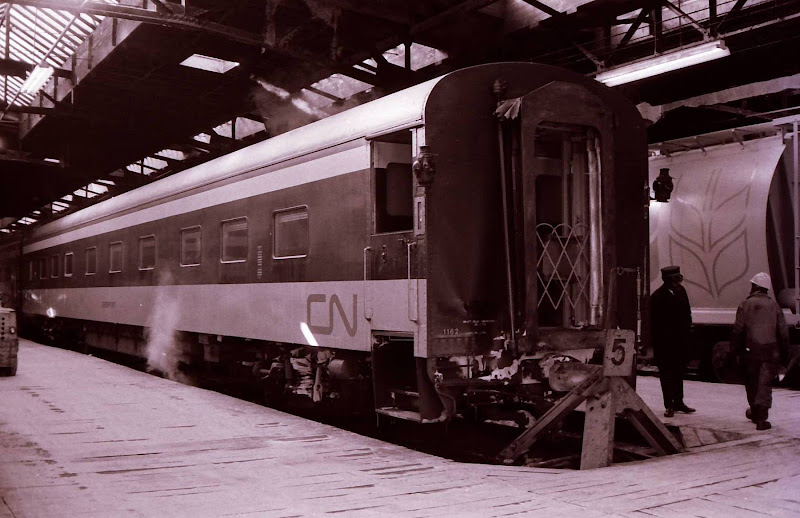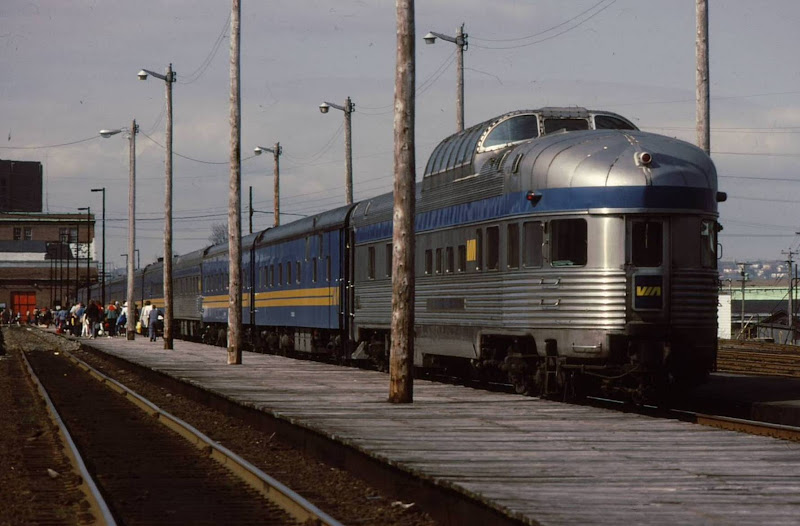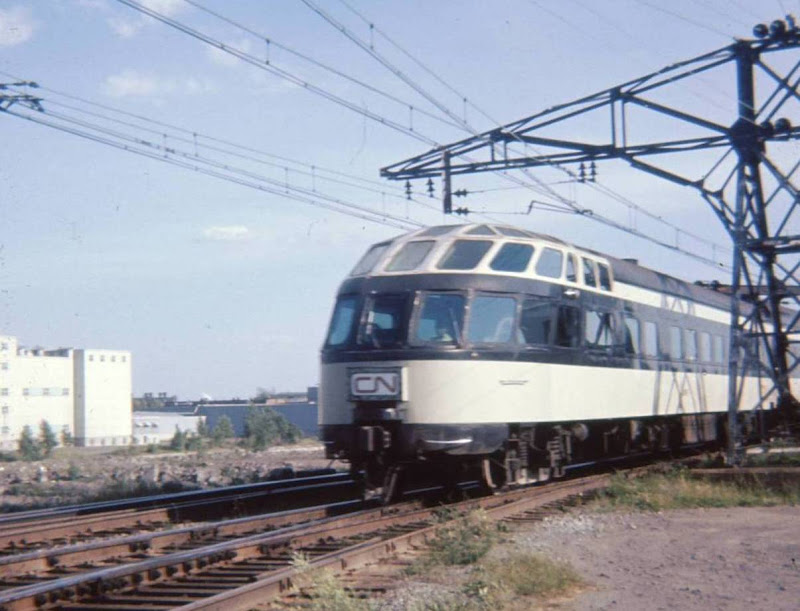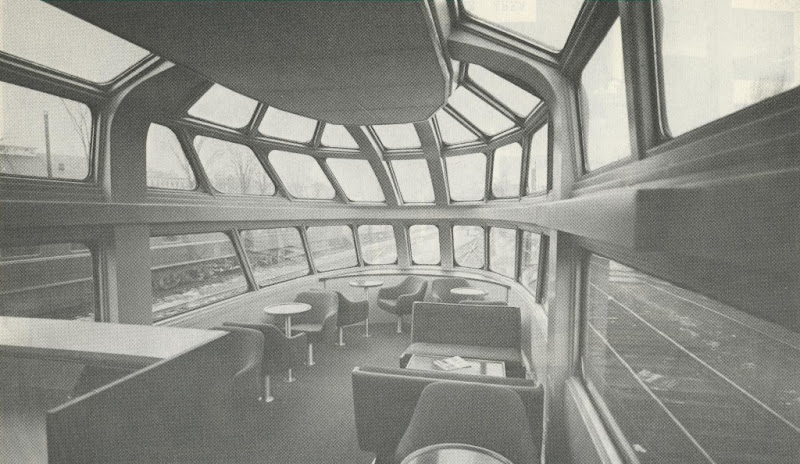In the book “The Ocean Limited – A Centennial Tribute” is says this route was preferable as it kept the line as far away as possible from the American Border in case of hostilities. (Guess we wern't the best of friends at one time!)[/font][/size]
This is the same reason that
the Rideau Canal was built between Kingston, Ontario and Ottawa.
To this day, if you want to get into a 'dust up' between two folks from different sides of the world's longest non-militarized border, get two folks with a love of their respective country's history into a discussion about the causes, events and results of the War of 1812.

http://www.smithsonianmag.com/history/british-view-war-1812-quite-differently-americans-do-180951852/
It's not actually too hard to figure out what was going on. The war was started locally by US expansion (settlement / invasion) into Native American territory of Tecumseh's Confederacy (with the usual fraudulent treaties as a basis), and known initially as "Tecumseh's War". It was accelerated by the the Napoleonic wars, which caused Britain to view everything in Manichean "with us or against us" terms and caused Britain to attempt full spectrum dominance of the seas (as we would call it today). The US was sympathetic to the side of Napoleon and refused to cooperate with the blockades (Jefferson was frankly bellicose, expecting to invade and conquer Canada). As a result British Canadians came to the defense of their Native American allies.
Madison ended up declaring war on the UK, with the reason being a set of shifting excuses, but the real reason was support for colonization of more Native American lands. He proceeded to strangle the entire coastal trade, including a ban on interstate coastal commerce. This resulted in resolutions refusing to be involved in the war by MA and CT -- the war was supported by the southern and western states, who wanted to make sure they managed to seize Tecumseh's land. New England delegates actually met at the Hartford Convention to propose Constitutional changes to prevent this sort of Presidential warmongering -- which they considered to be enabled by the 3/5 clause which gave white Southerners more voting power than northerners -- from being repeated. Madison actually sent federal troops to Albany with plans to invade Massachusetts and Connecticut just in case.
It ended when Lord Liverpool, PM of Great Britain, decided that the British public wouldn't pay taxes for the continuation of the war, and that there was no point in trying to rule the fractious American settlers; as a result he basically abandoned his Native American allies.
There has been some effort made by all sides to obscure the history of the war, because it's frankly kind of embarassing to everyone except the Shawnee, who have nothing to be ashamed of, but who lost everything in it. The main results of the war were the explusion of large numbers of Native Americans from their native territory to Kansas and eventually Oklahoma.
Tecumseh attempted to recruit among the Cherokee, Chickasaw, Choctaw, Creek, and Seminole, but most of them decided to maintain their treaty relations with the US.... which was probably a mistake, because the US under Andrew Jackson proceed to break the treaties a few years later and expel them in the Trail of Tears.
Understanding this period requires understanding the continuous wars to seize territory from the Native Americans, which went on and on and on. Since roughly 1900, Americans have not liked to talk about this. The Canadians don't like to talk about it either because their country's hands are equally dirty with respect to the "First Nations" of Canada. The British simply don't care.
Anyway, totally off-topic, but it's an interesting period to study...
